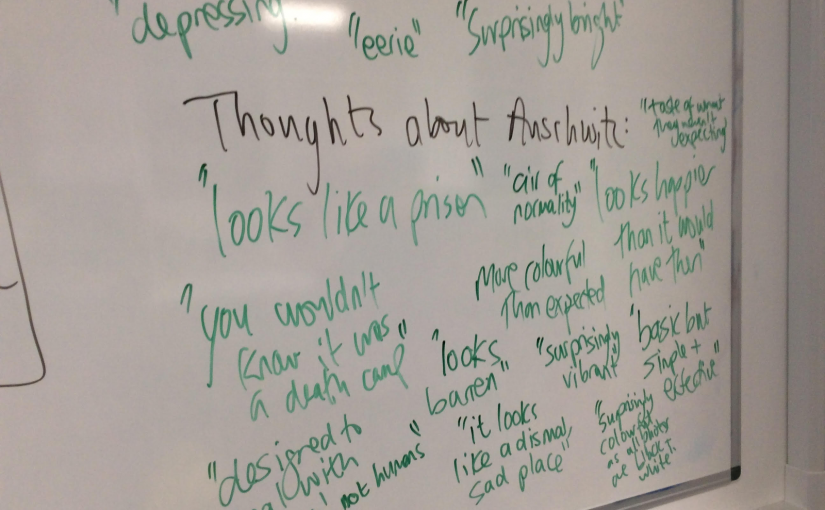Previous experiences of VR compared to VR today
I remember my first experience of virtual reality. It was in the early nineties and I’d have been about twelve. I went to a computer games arcade and they had a virtual reality machine. You had to put a ridiculously heavy helmet on and these weird smelly gloves. It was very exciting. And then the game began. It looked blocky, the movements were glitchy and it was frankly a disappointment. I wish I had spent my pound on another game of Daytona.
Now let’s move on to a more recent time. At Christmas I went to my girlfriend’s family home and her brother had a cheap VR set. It looked like a big pair of goggles and he slipped his smart phone into the back of it. Following my previous experience I was a little cynical but times have certainly changed. Rather than a big bulky headset this was a light small piece of tech. Where the visuals were blocky and glitchy it was now smooth. VR has clearly arrived. And what is really impressive is that it won’t cost you a fortune.
What do you need to get your virtual reality kit?
-
- You need a headset. You can get them for about £6 for a cardboard one from Amazon (other retailers are also available!) by just searching for Google Cardboard. OR you can even make your own by following these instructions!
- On your smartphone download the Google Cardboard app. It is free and quite small.
- Open up the app and join the app to your headset – the instructions are in the app and took me 10 seconds.
- Whack your smart phone into the back of the headset.
You now have your own virtual reality headset. Honestly it is this cheap and easy. You can either download VR apps in the Google Cardboard app. Or if you want to use 360 degree videos go to YouTube and search 360 and then when you click play there is a little ‘Google Cardboard’ icon in the corner that if you click turns the video into a VR video.
Now the big question. How can it be used in the history classroom?
Well if I am honest I am not entirely sure! This is very new technology and clever bods are developing it all the time. But as soon as I began using it my head was full of potential ideas as it really is very impressive. This blog is really suggesting you all go out and get one and get thinking.
One initial idea – a virtual field trip to Auschwitz
One obvious use for the VR set is to run virtual field visits. There are a huge range of 360 degree videos on YouTube (the best ones I’ve found are from Discovery VR). There are a lot of videos of historical sites and more are coming up week by week. The joy of these 360 degree videos is they are truly immersive. You genuinely get as near a full experience of the site from this as being there as you can literally walk around and have a look. I keep repeating it but it is really impressive.
My Year 9s are studying the Holocaust at the moment so I did a little experiment. Whilst the class were working one by one I allowed students to take a 2 minute tour of Auschwitz thanks to this ace 360 degree video put up by the Krakow tourist board. The kids loved it and claimed they learnt more about the site than they would have by looking at a standard video or by looking at photos. After they had been on their ‘visit’ I got them to record their thoughts and feelings and they were really interesting:
What was the impact of the VR headset?
My question is how much was this just a novel experience and did it lead to greater learning than a less technological method. My answer at the moment is I simply don’t know. But this technology is too good for this price to simply dismiss it.
Grab a headset, give it a go and let us know what you think about how you might use it.


